One of the largest public land rallies in recent memory brought together the many diverse groups that value access to the outdoors—and are prepared to fight for it
Nearly 3,000 people rallied in support of public lands on the steps of the Capitol in Boise, Idaho, on Saturday, and their diversity was a powerful statement about the importance of the outdoors. It was a mosaic of individual interests as unique as Idaho itself.
There was an angler in full regalia talking to the rafter who had a polite sign affixed to his paddle that he constantly waved over his head. It said, “Please leave my lands alone.” There were three elk hunting buddies who couldn’t not believe the size of the crowd. There were the grey beards of Idaho’s small-but-potent environmental community, those people who knew Frank Church personally and have spent decades advocating for the outdoors. The endurance running community was there—the wiry kin who can run Idaho’s tallest peaks by lunch and then dance all night.
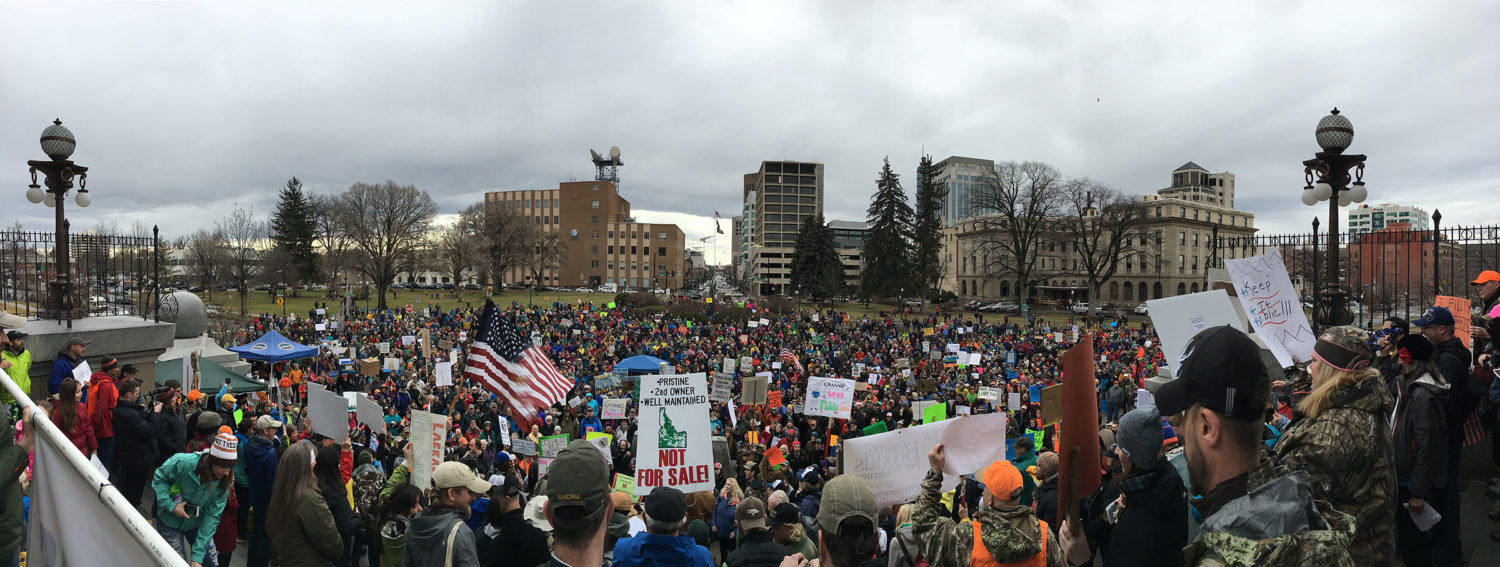
Four newspapers, three television stations, and two radio stations joined bloggers and volunteers watching the vast crowd spill into Jefferson Street. The rally was an effort that the TRCP was proud to help coordinate. It was a non-denominational celebration of the happiness that we all attain pursuing our own diverse adventures in the outdoors.
But the day’s diversity was only half the day’s story. In the rain on Idaho Day, those diverse groups gave voice to one cause: keeping public lands in public hands.
Speaker after speaker recalled their favorite public lands experiences and the need to fight interests that would give our heritage away. Ryan Callaghan, director of conservation for First Lite, a hunting gear manufacturer based in Ketchum, talked about public lands being the backbone of a self-sustaining industry. “I came to Idaho for a job. I stayed in Idaho because of public lands,” he said to the flag-waving crowd. “And First Lite wouldn’t be here without public lands.”
Merin Tigert, a fifth-generation Idahoan and lifelong hunter, spoke of her fears about a future where elected officials would fall for “the folly of short-term fiscal gains over long-term intrinsic values.” Her message was echoed by Martin Hackworth, executive director of the Blue Ribbon Coalition, a nationwide partnership of off-highway vehicle enthusiasts. Public lands taught him lessons that, he argued, his children deserved to learn.
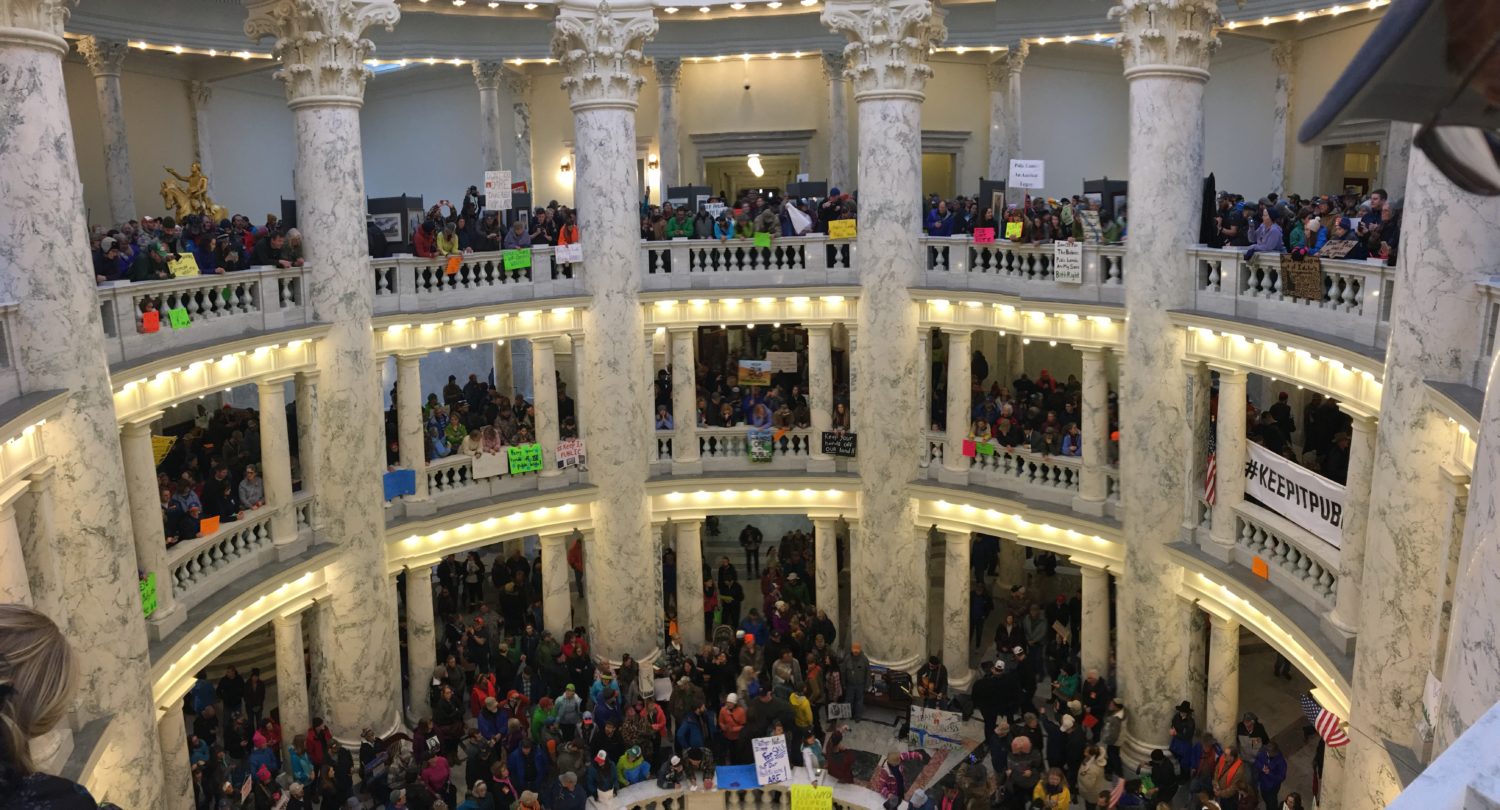
The thread in all their impassioned pleas was undeniable. The outdoors called to each of them differently, but everyone in the crowd felt the call to speak up for why they treasured public lands. “As citizens of the United States, public land is our birthright,” said Hackworth. “As far as I’m concerned, that’s a source of national pride and something I’m not eager to surrender.”
Rialin Flores, Legislative Associate of Conservation Voters for Idaho, agreed and called for the diverse group of interests to stick together. “What these public lands mean to each of us is personal,” Flores said as she invited the rally to flood the Capitol’s rotunda. “What they mean to all of us is powerful.”
On a rainy Saturday in Boise, diversity showed unity. We should celebrate that as we work to keep public lands public.

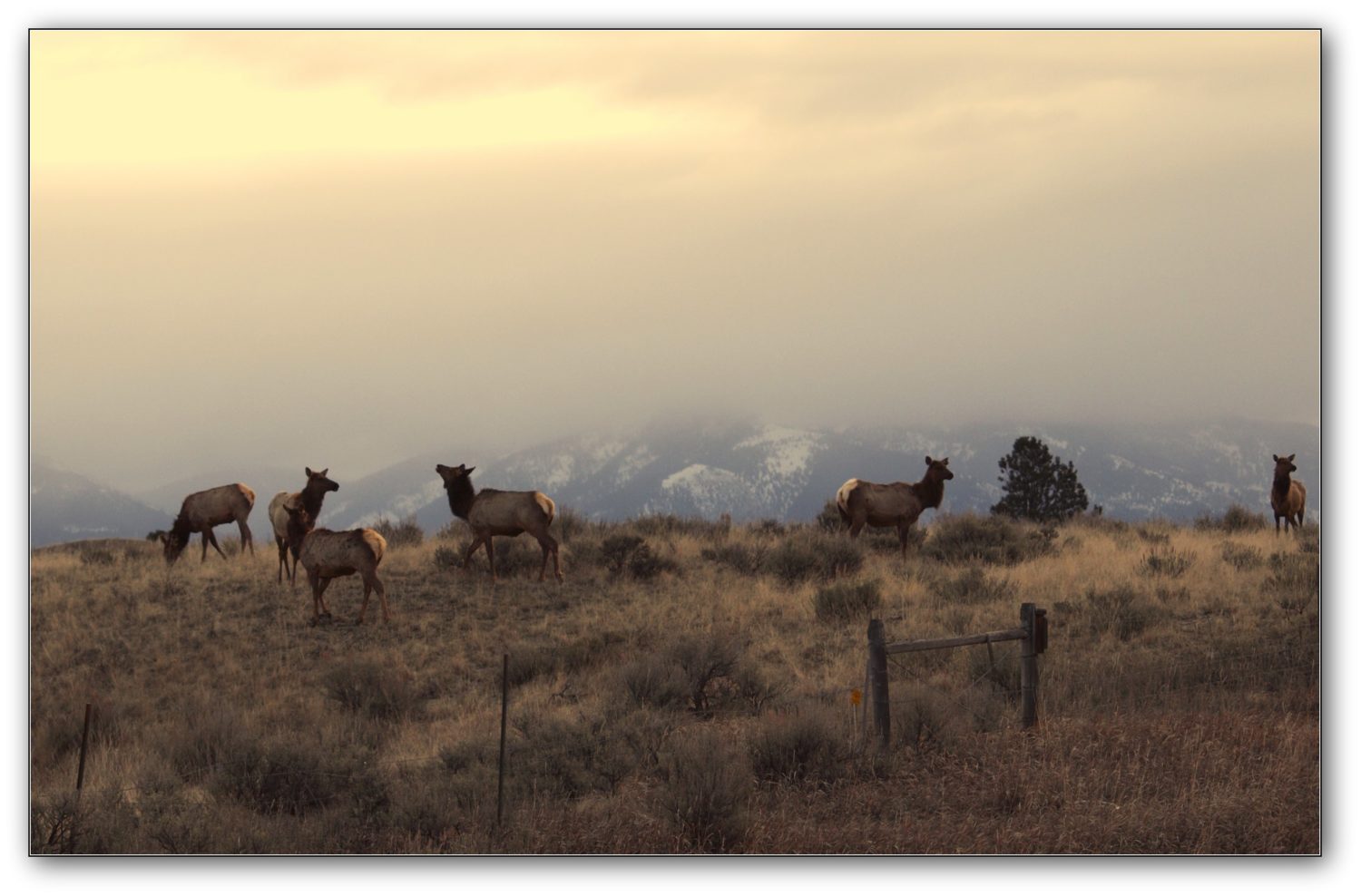
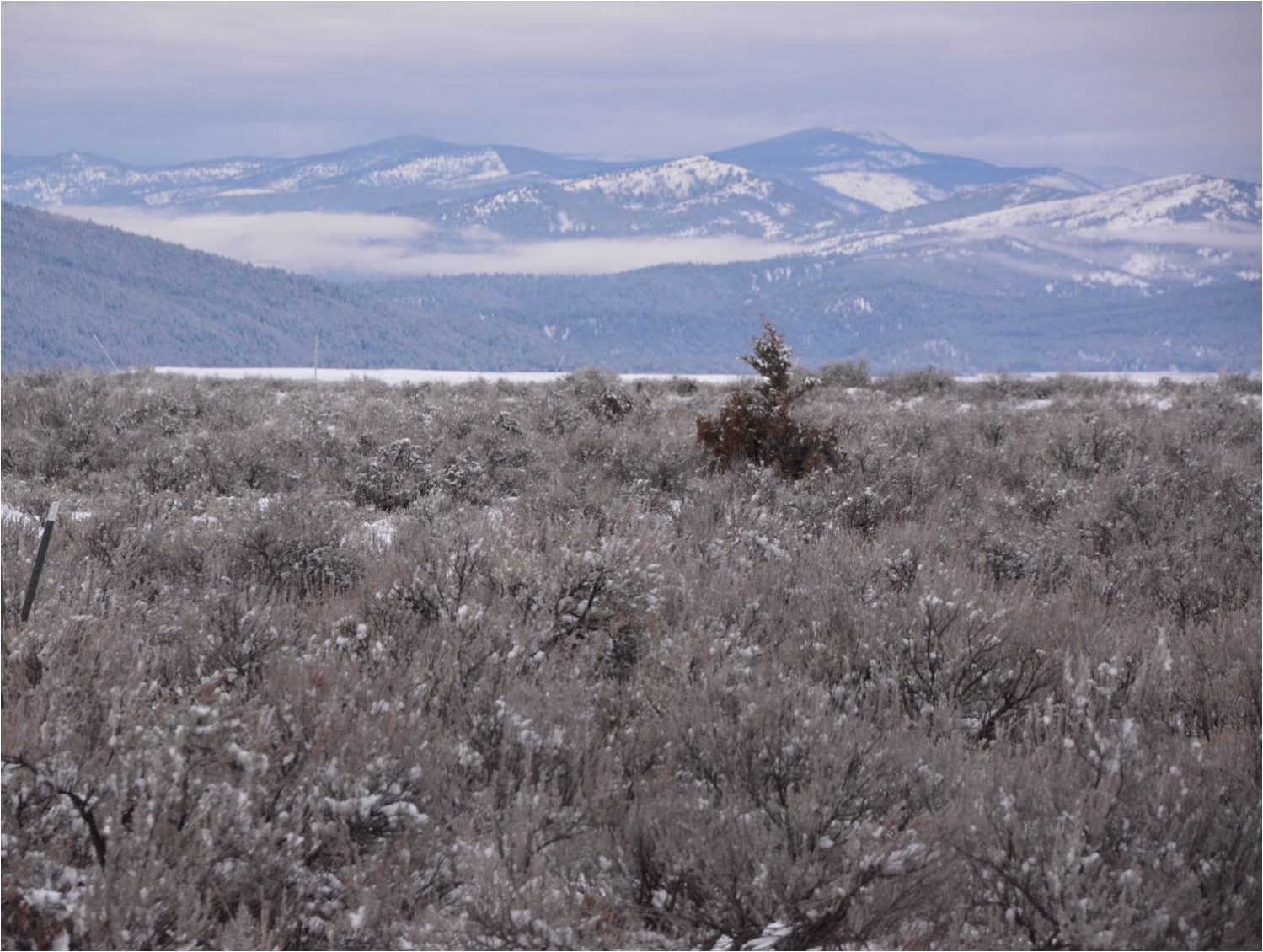
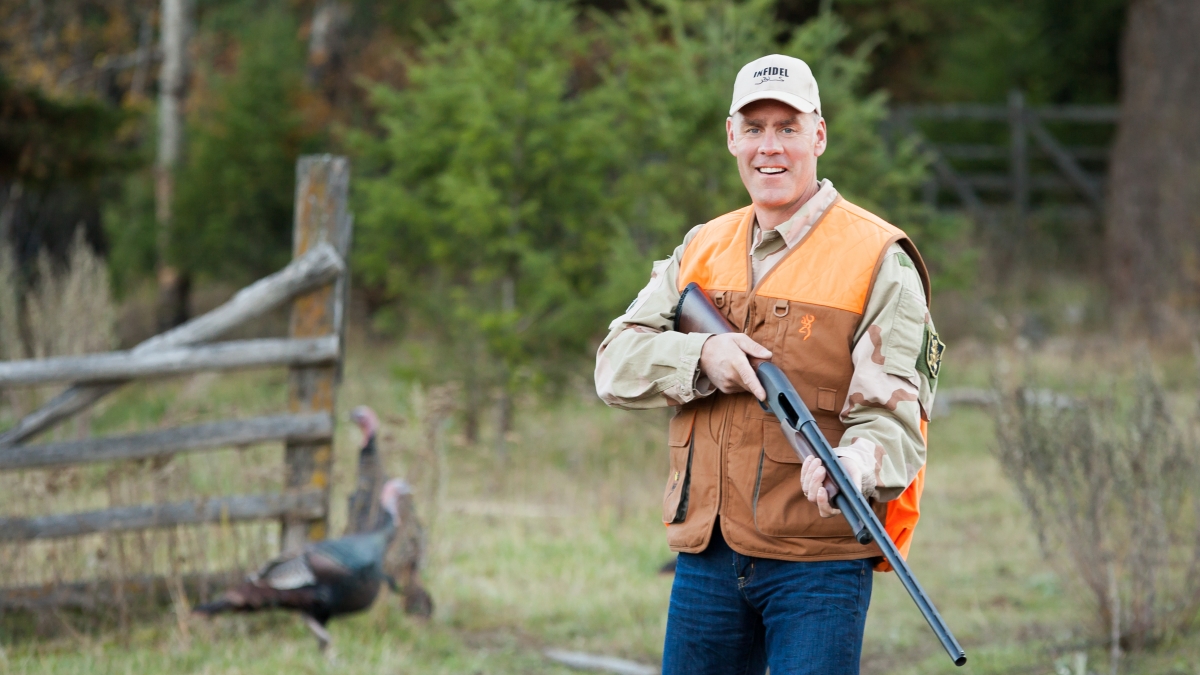
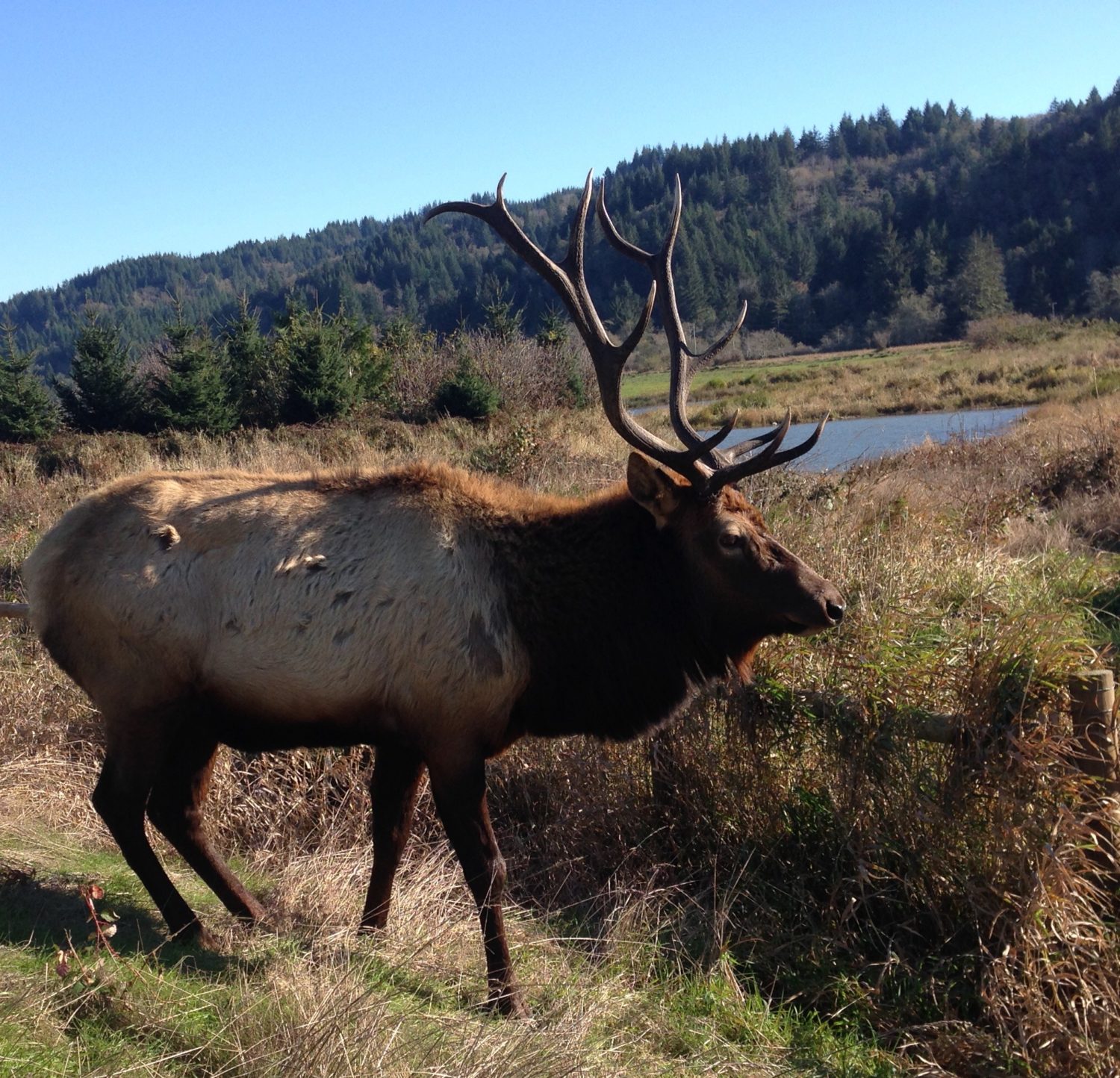
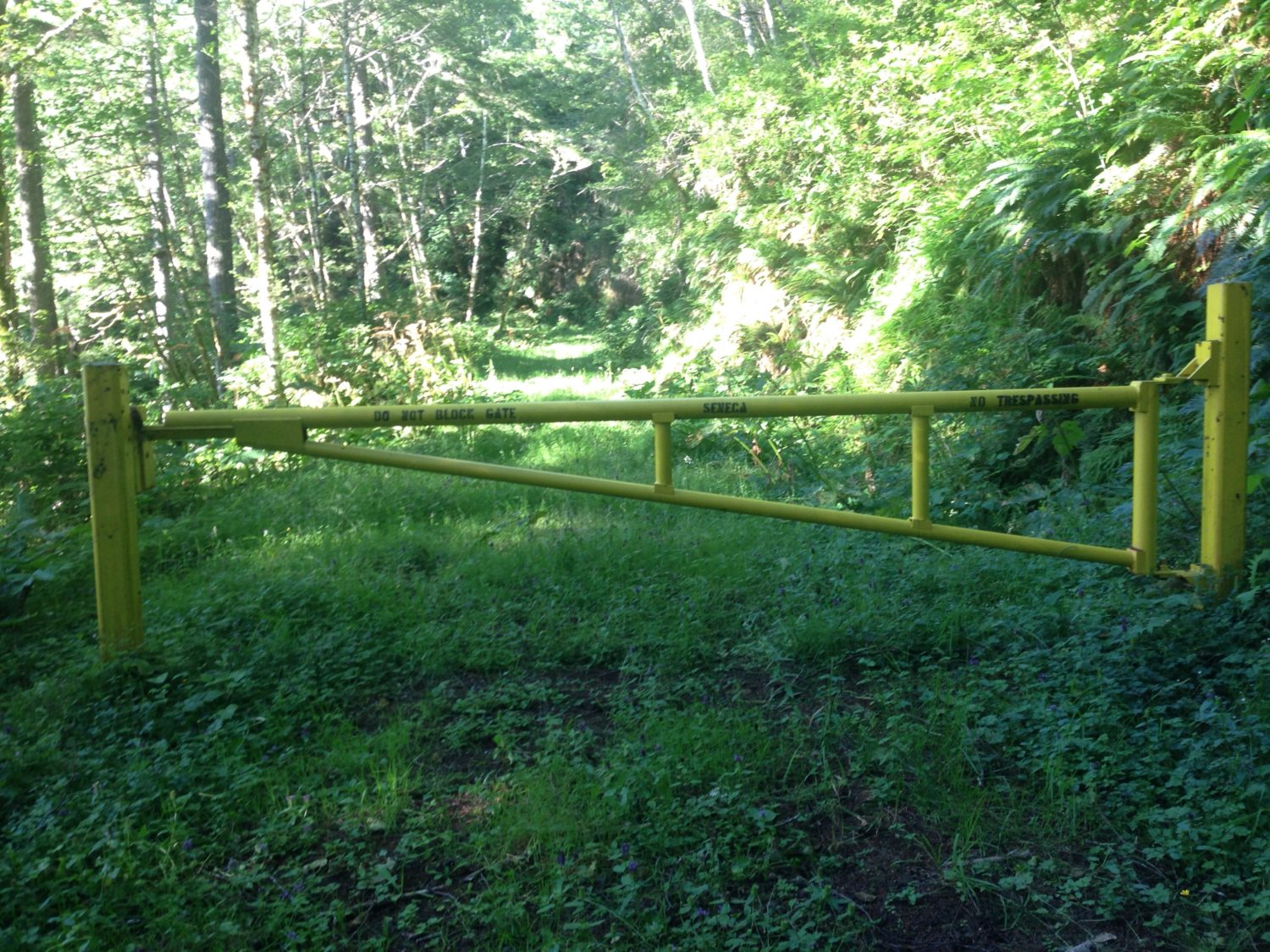
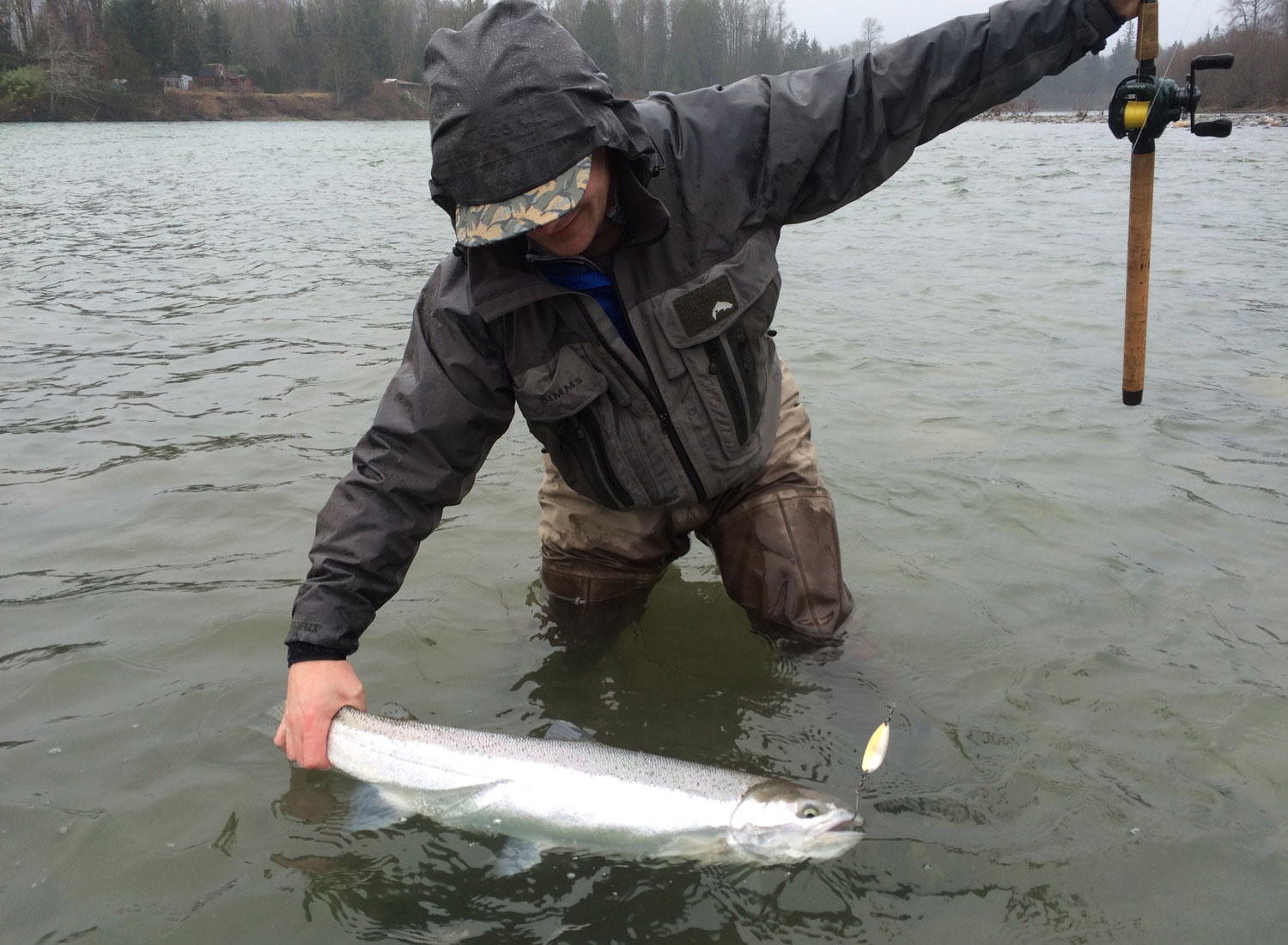
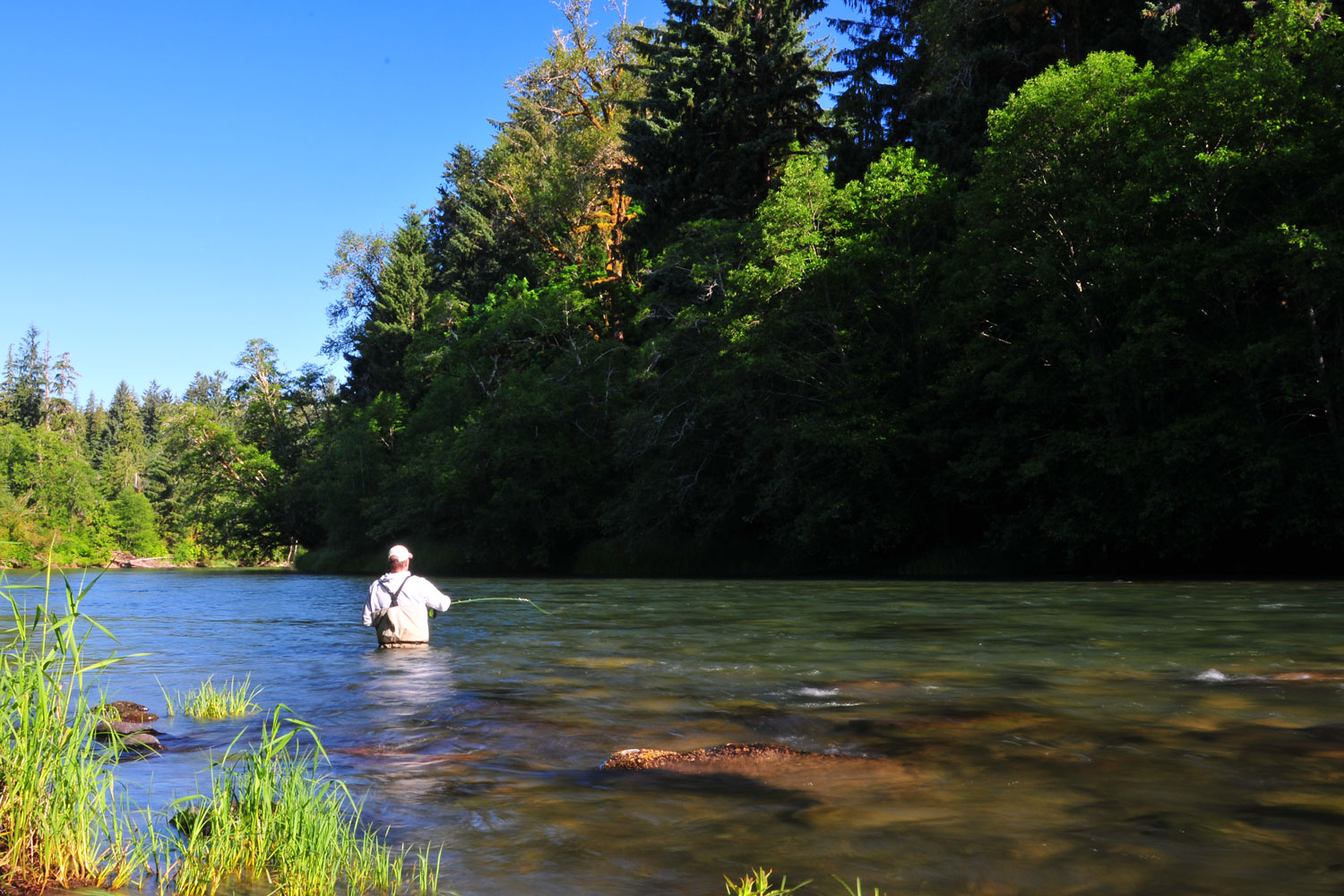




God holds us accountable as stewards of ALL His magnificent creation, not just man’s unchecked desires.
Public lands are just that Public, don’t mess with it.
As a member of Idahoans for Public Lands I appreciate your coverage. Perhaps a multi State expansion of these efforts would be newsworthy. Thanks again for covering the event on March 4, in Boise, Idaho.
I agree with the idea of multi state expansions of these gatherings. Utah needs to hear from all of us that want to keep public lands public. They seem to be the lead in this dispute and Bishop, Lee, Chaffetz, etc..need to hear from all westerners. The Boise event is just the beginning.
As an easterner, who has hunted in Montana, fished in Wyoming and toured both Wyoming and Arizona I strongly support the need to keep these beautiful lands in the public domain. Let them forever to free for all Americans to take in their beauty.
I live in Minnesota where we continue to cherish public lands. I have traveled the western states of Montana, Idaho, Wyoming, Oregon and Washington for hiking the beautiful forests, mountains and streams. It encourages me to see the people of Idaho raise their voices to the defense of public lands.